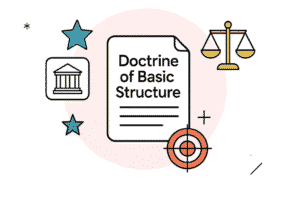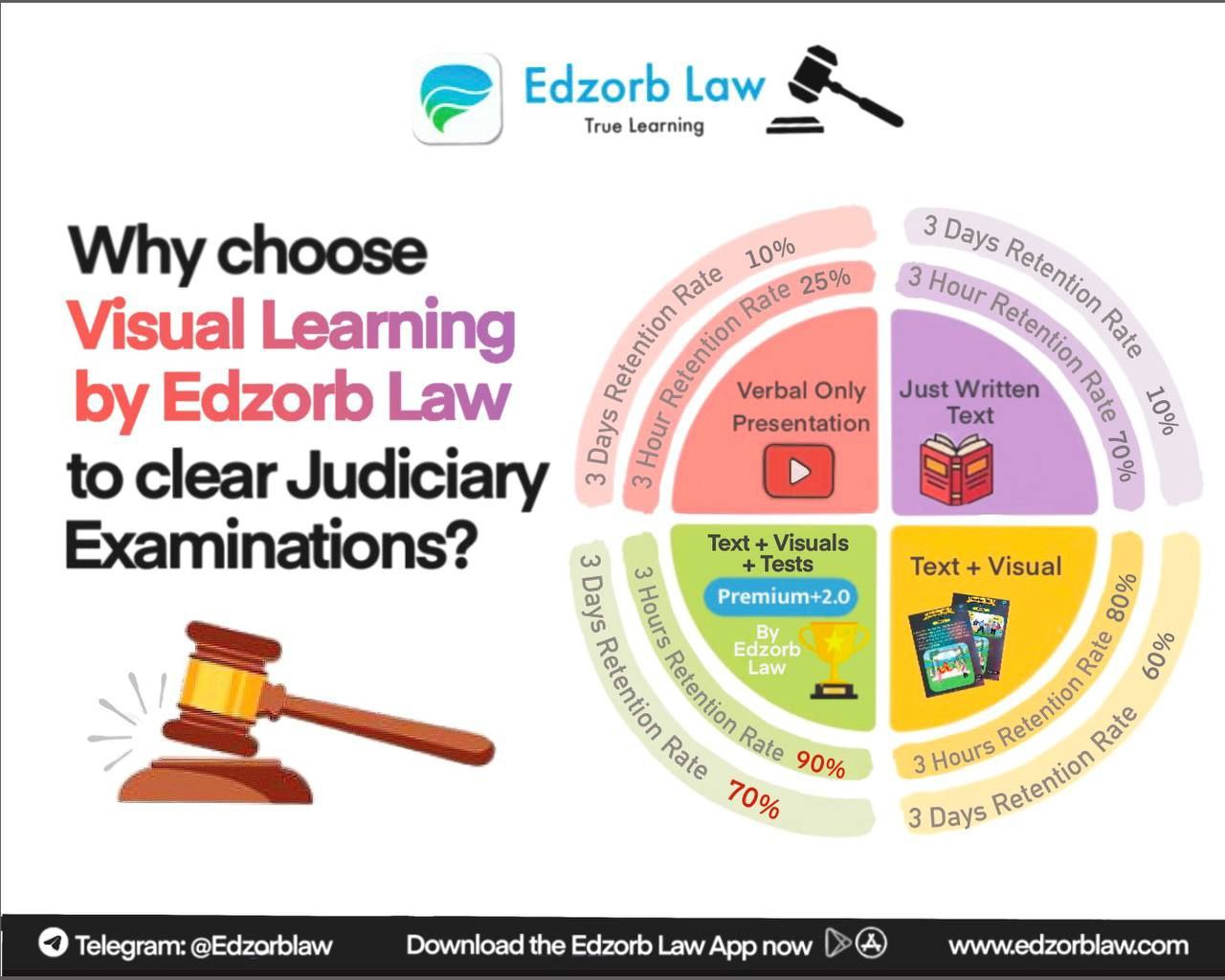Behind every landmark case, every courtroom verdict, and every early morning court hearing stands a Judicial Magistrate, the quiet sentinel of India’s justice system.
But what exactly do these ADR processes do, and how are they adapting to the evolving landscape of Indian law under new frameworks like the Bharatiya Nagarik Suraksha Sanhita (BNSS)?
With an increasing focus on efficiency, fairness, and accessibility, these mechanisms are not just about resolving disputes, they are also about fostering better communication, understanding, and cooperation between parties. Let’s break it down 👇
⚙️ Magistrates in Action: From Bail to Verdicts

1. Pre-Trial Responsibilities
- Granting Bail & Remand:
Balancing liberty with public safety, magistrates decide whether an accused should be sent to jail or granted bail, a decision that can dramatically change a person’s life. - Taking Cognizance of Offences:
They sift through the evidence and determine whether there’s enough material to move a case forward. - Preliminary Hearings:
Think of this as a courtroom “filter”; they ensure only genuine cases make it to trial.
2. Trial Responsibilities
- Presiding Over Trials for Minor Offences:
From petty theft to brawls, Judicial Magistrates handle these cases directly. - Committal Proceedings:
For more serious crimes, they assess whether the case should be escalated to a Sessions Court. - Delivering Judgments & Sentencing:
Evidence is reviewed, facts are weighed, and a reasoned judgment is delivered, ensuring justice isn’t just done, but seen to be done.
3. Post-Trial Duties
- Appeals & Revisions:
Even after a trial ends, Judicial Magistrates handle appeals and reviews in certain categories; ensuring every citizen gets a fair chance. - Implementing Sentences:
From fines to jail time to community service, magistrates monitor how justice is actually enforced.
4. Special Powers & Challenges
- Ensuring Fair & Speedy Trials:
Under Section 309 of the CrPC, they’re required to avoid unnecessary delays, but heavy caseloads and limited staff often challenge this mission. - Maintaining Order & Rights:
In every case, from the smallest brawl to sensitive human rights issues, the magistrate’s role is to protect both law and humanity.
BNSS Vs CrPC: What’s Changing for Magistrates?

India’s criminal justice system is evolving. With the BNSS replacing parts of the CrPC, some important changes are reshaping how magistrates operate.
Key Differences at a Glance:
| Category | CrPC | BNSS |
|---|---|---|
| Court Hierarchy | Includes Metropolitan Magistrates | Removes metropolitan concept for a streamlined structure |
| Powers & Jurisdiction | Sections 26–35 cover trial powers and sentencing | Sections 21–29 redefine court powers with clarity |
| Special Provisions | No concept of police magistrates | Introduces Special Executive Magistrates (including police officers!) |
| Modernization | Follows traditional system with periodic amendments | Aims to modernize with flexible roles and simplified structure |
Why This Matters
Whether you’re a judiciary aspirant, law student, or simply a curious citizen, understanding the role of Judicial Magistrates is key to understanding how justice actually works in India. They are not just legal professionals, they are pillars of our democracy, ensuring that every citizen, no matter how small their case, gets a chance to be heard.
Final Thoughts: Power at the Grassroots
Judicial Magistrates embody the phrase “Justice at your doorstep.” Yet, for all the power they wield, they also battle understaffed courts, heavy dockets, and procedural delays. Strengthening their support systems is not just about faster trials, it’s about preserving the soul of our justice system.
🎯 Want to know more about judicial roles or prepare for judiciary exams with confidence?
👉 Explore Our Free Edzorb Judiciary Resources










 Features
Features






